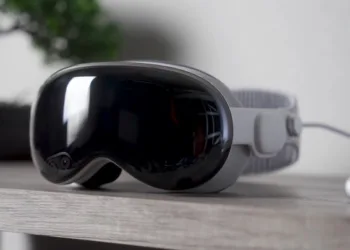While the iPhone 16 may not appear to be a radical upgrade over its predecessor, it introduces some enticing features. One highlight is the revamped Photographic Styles, which has rapidly become my favorite aspect of the new iPhone 16.
The Evolution of Photographic Styles on the iPhone
For those who might not be aware, Apple rolled out Photographic Styles with the iPhone 13. Unlike traditional filters that modify a compressed image, this feature adjusts elements like tone, contrast, and warmth as the photo is captured. This results in a more sophisticated adjustment for aspects such as skin tones and backgrounds.
With the latest iPhone 16 models, Apple has elevated the Photographic Styles experience. Users now have access to new styles that are not only customizable but also editable after the photo is taken. Essentially, Apple capitalizes on the advanced capabilities of the camera to capture and store detailed data about colors, lighting, and shadows. It’s akin to obtaining a RAW photo but in a compressed format.
Personally, I have reservations regarding Apple’s Smart HDR. I’ve previously noted how the iPhone’s post-processing sometimes produces images that appear overly sharp and bright, giving them an unrealistic vibe. I lean towards a more natural photographic style, with an emphasis on retaining shadows.
Sure, I could utilize ProRAW images, but that would consume a significant portion of my iPhone’s storage, not to mention losing the Live Photo functionality. On the other hand, edits made to standard JPEGs tend to be destructive and often yield unsatisfactory results.

Select the Ideal Aesthetic for Your Photos with Photographic Styles on iPhone 16
There are 15 Photographic Styles available, including Neutral, Rose Gold, Amber, Vibrant, Natural, Dramatic, Cozy, and two distinct Black and White variants. Apple has perfected the user interface, making it easy to fine-tune each style. The Photos app allows you to manipulate a grid to achieve the optimal combination of shadows, colors, and saturation.
While it is possible to replicate the results by capturing RAW images and editing them in applications like Lightroom, utilizing Photographic Styles is more straightforward and user-friendly for quick alterations. It’s certainly simpler than adjusting each editing parameter in the Photos app individually.


A standout feature is the ability to preview Photographic Styles in real-time within the Camera app, even before capturing your photo. However, I wish there was an option to save custom styles.
Because these edits are non-destructive, you can alter the style or revert to a previous selection at any time. It’s worth mentioning that, although other devices lack the capability to utilize the new Photographic Styles, iCloud does synchronize all metadata, enabling you to modify these images and styles on devices like your Mac or iPad.
Apart from Photographic Styles, the iPhone 16 offers several other camera enhancements, such as Camera Control, Audio Mix, and support for 4K video at 120 fps on the Pro variants. However, it’s the enjoyment of editing with Photographic Styles that has truly stood out to me as I use my new iPhone. Having increased editing flexibility without depending heavily on third-party applications is undeniably beneficial.
What are your thoughts? Which camera feature of the iPhone 16 appeals to you the most? Share your favorites in the comments!
If you haven’t yet upgraded to the iPhone 16, check out some great offers on Amazon.









